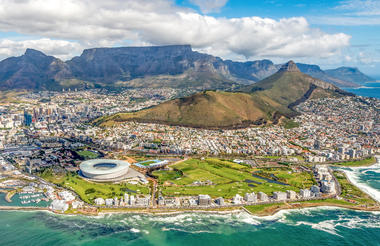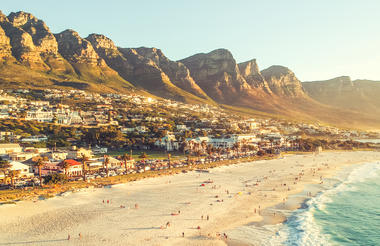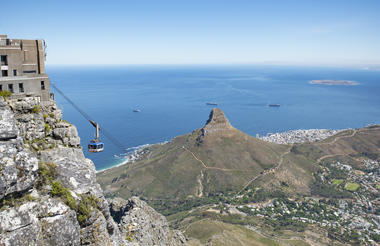Johannesburg, known by the locals as Jozi, is one of Africa’s biggest and most vibrant cities. It is the economic capital of Africa and the gateway to Southern Africa. Although not as famous as other South African destinations, there is plenty to do in Johannesburg and nearby Pretoria. The old city is a multi-cultural mixture of traditional medicine shops, Chinese restaurants and taxi ranks. The city has a western appearance with modern skyscrapers and big shopping centres. Johannesburg has a very pleasant climate, the summers are hot with most of the rainfall in the summer months between October and April and the winters mild and dry becoming cold towards the evening. There are excellent museums, art galleries and organised tours of historical and political interest. The shopping is Southern Africa’s best and the many restaurants cater for all tastes. The nearby township of Soweto is Johannesburg’s most popular tourist attraction.
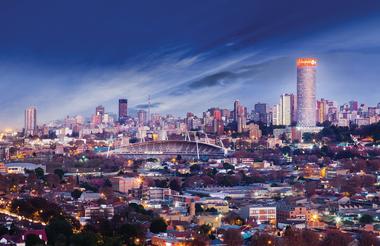
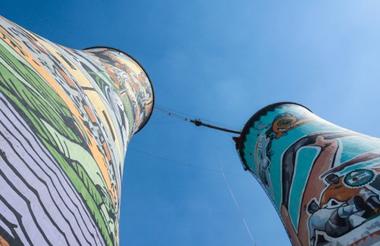
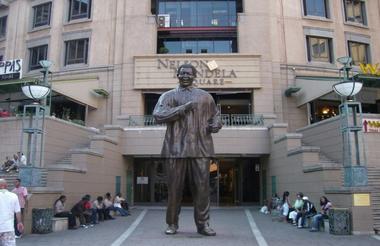
The Manyeleti Private Game Reserve shares its borders with Kruger National Park, Timbavati Game Reserve and Sabi Sands Game Reserve, forming part of a huge area of land in which wildlife roams free. It is managed by the Mnisi people, who have lived on this land for many generations. In Shangaan, the language of the most dominant tribe in the area, Manyeleti means ‘Place of Stars’ and in the evenings, when the sun’s light is replaced by that of the moon and countless bright stars, one can understand why. A dry area for most of the year, Manyeleti offers spectacular scenes of wildlife as they gather at water holes. Aside from the spectacular game viewing opportunities, the reserve also offers insight into the culture and traditions of the Mnisi people.



Cape Town is the capital of the Western Cape Province. It is a city with two faces, European and African, a blend of first and third world. Despite these vast differences Cape Town is a relaxed city. It has a number of very interesting museums including the South African National Museum, with a planetarium, the Bo-Kaap Museum and the National Gallery. In the city centre is the Castle of Good Hope. This fort was built in 1666 by Van Riebeeck and still serves as the headquarters of the Western Cape Military.
Table Mountain is situated on the southern side of Cape Town and is famous for its table shape. The mountain provides stunning views over the entire city and is easily accessible via the rotating cable car. The Victoria & Alfred Waterfront is a working harbour and shopping/entertainment centre where you can shop, eat out, watch a movie or stroll around the interesting shops and craft markets from early morning until late in the evening. Situated near the centre of the Waterfront is the Two Oceans Aquarium, with more than 300 species of marine life.
The biggest attraction of the Waterfront is the Robben Island museum and tours to Robben Island. Ferries depart at 9am, 11am, 1pm and 3pm (weather permitting) from the Waterfront to Robben Island. The tour lasts 3½ hours and includes a bus tour of the island as well as a tour with an ex-political prisoner and a visit to Nelson Mandela’s cell. It is advisable to book your tour in advance. A visit to Kirstenbosch Botanical Gardens should also be on your agenda. It is one of the world’s greatest botanical gardens and is also a starting point for a number of walks on Table Mountain. Rhodes Memorial on the way to the gardens is an excellent point for a coffee break and to take in the views of the city and surrounds.
